The device was announced at CES 2010 and projected to first become available on the market in the second half of 2010. Unfortunately, Lenovo stalled on the release date and it was subsequently pushed back to Q1 2011. Several months passed once again, and journalist could only report that Lenovo was "finally nearing the home stretch towards a launch date" with its much-coveted hybrid tablet. The device was then repurposed from a Windows-based tablet to an Android-based tablet. However, we have yet to see it hit store shelves.
Recently at CES 2012, we have seen several hybrid tablets surface once again coming from Compal, Lenovo and Gigabyte. The devices each show unique approaches to solving the "productivity problem" associated with tablets not having physical keyboards and mice.
Gigabyte is releasing two new hybrid form factors - one "netvertible" (invertible netbook) and one detachable tablet with docking station. The netvertible, named the Gigabyte T1006M, features 10-inch display with 1366 x 768 resolution, a 32nm Intel Cedar Trail processor, a USB 3.0 SuperSpeed port, an optional 3.5G HSPA+ modem, HDMI and VGA ports and HDD or optional SSD storage.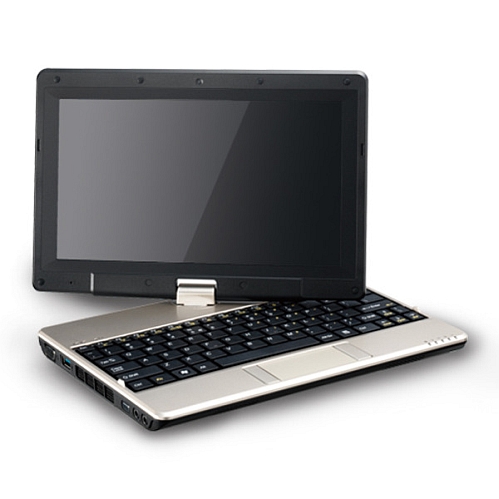
Source: Gigabyte
Gigabyte's detachable tablet with docking station is the S1081 features a 10.1-inch capacitive multitouch display, a 32nm Intel Cedar Trail processor, a USB 3.0 SuperSpeed port, Bluetooth 4.0 and a 1.3MP webcam. Additionally, the optional S1081 multimedia docking station adds a DVD drive and a 2.1 speaker system.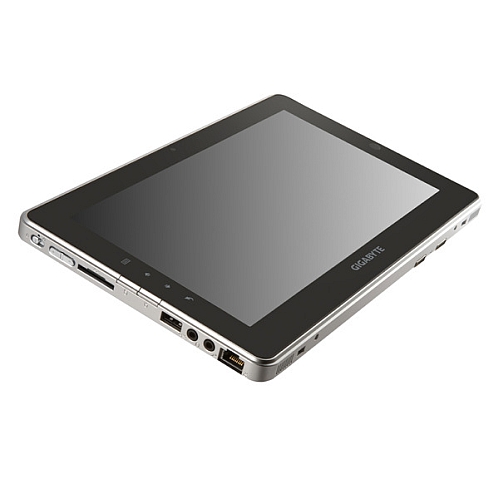
Source: Gigabyte
Lenovo's latest iteration of a hybrid tablet, the IdeaPad Yoga, is a convertible tablet with a screen that flips over like a cover on a spiral-bound notebook. The device features a beautiful 13.3-inch display with 1600 x 900 resolution, a 22nm Intel Core i7 Ivy Bridge processor, 8GB of RAM, USB 3.0 SuperSpeed port, HDMI and eight hours of battery life. The device will be released in Fall 2012 for a price of $1,199.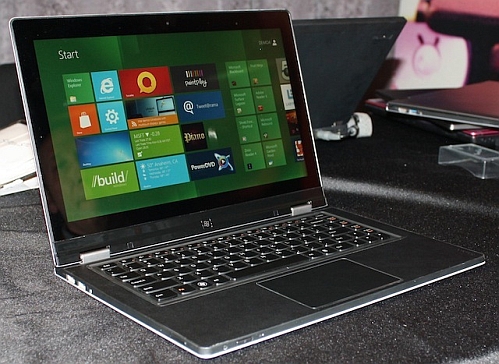
Source: ArsTechnica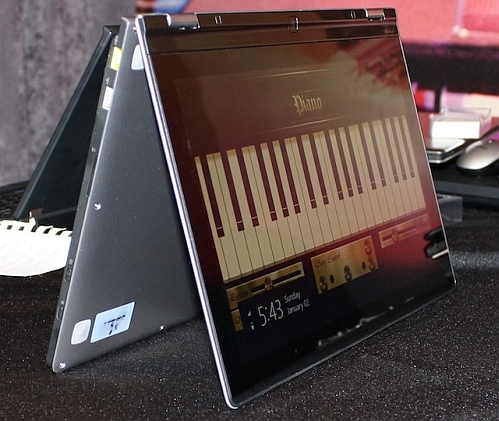
Source: ArsTechnica
In addition, Compal is showing off its QAV20 hybrid reference design. The docking portion of the device features a Core i5 ULV processor, an Ethernet port, two USB 2.0 ports, HDMI and a headphone jack. The tablet end of the device features a glossy 13.3-inch display with 1366 x 768 resolution, and a Windows "home" button catered towards the upcoming Windows 8 operating system.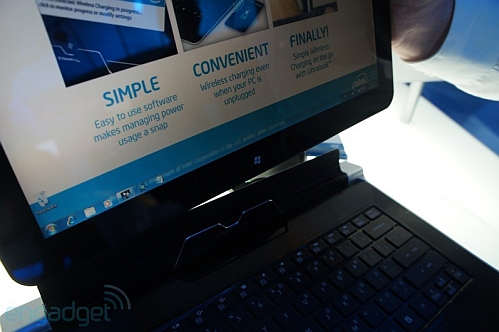
Source: Engadget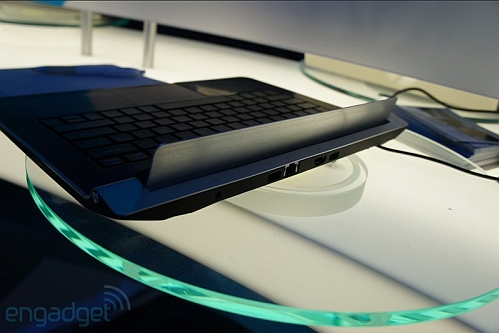
Source: Engadget
Published in
News
New hybrid tablet prototypes unveiled at CES 2012

More attempts to solve the tablet "productivity problem"
Two years ago, Lenovo introduced an idea at CES 2010 that excited the consumer electronics industry - particularly the tablet market - with a hope that mobile personal computing might take on a new form factor in the developing years to come. The prototype device introduced by the company was the Lenovo IdeaPad U1 Hybrid, a device complete with a Windows-based keyboard docking station with integrated CPU / GPU / RAM components and a separate Linux-based detachable tablet module with its own integrated CPU / GPU / RAM components.
Tagged under



